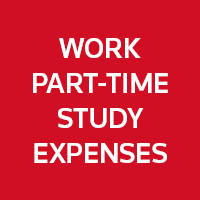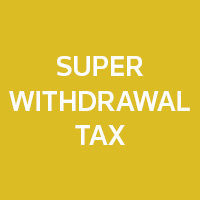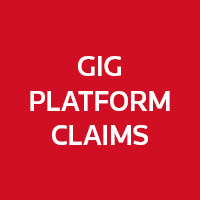SMSFs Vs Other Types Of Funds: Some Issues To Consider
For many people, SMSFs are a great option for building retirement savings, but they may not be suitable for everyone. Before you jump in, make sure you understand the differences between SMSFs and other types of funds to help you make an informed decision.
Thinking about setting up an SMSF? In this first instalment of a two-part series, we explain some of the key differences between SMSFs and public offer funds. Understanding these differences can help you have a deeper discussion with your adviser.
Management
While public offer funds are managed by professional licensed trustees, SMSFs are considerably different because management responsibility lies with the members. Every SMSF member must be a trustee of the fund (or, if the trustee is a company, a director of that company).
This is an advantage for those who want full control over how their superannuation is invested and managed. However, it also means the members are responsible for complying with all superannuation laws and regulations – and administrative penalties can apply for non-compliance. Being an SMSF trustee therefore means you need to be prepared to seek the right professional advice when required.
If you intend to move overseas for some time (eg for a job posting), an SMSF could be problematic because it may be hit with significant tax penalties if the “central management and control” moves outside Australia.
On the other hand, members of public offer funds can move overseas without risking these penalties because their fund continues to be managed by a professional Australian trustee.
Costs
Costs are a key factor for anyone considering their super options. Fees charged by public offer funds vary, but are generally charged as a percentage of the member’s account balance. Therefore, the higher your balance, the more fees you’ll pay. This is an important point to remember when weighing up a public offer fund against an SMSF.
SMSF costs tend to be more fixed. As well as establishment costs and an annual supervisory levy payable to the ATO, SMSFs must hire an independent auditor annually. Additionally, most SMSF trustees rely on some form of professional assistance, which may include accounting/taxation services, financial advice, administration services, actuarial certificates (in relation to pensions) and asset valuations.
These costs may be a more critical factor for those with modestly sized SMSFs. This year, a Productivity Commission inquiry found that larger SMSFs have consistently delivered higher net returns compared with smaller SMSFs, and that SMSFs with under $500,000 in assets have relatively high expense ratios (on average). The Commission’s report has attracted some criticism that it has overstated the true costs of running an SMSF, but in any case, anyone considering an SMSF needs to think carefully about the running costs involved and make an informed decision about whether an SMSF is right for them. For members with modest balances, an SMSF will often be more expensive than a public offer fund, but this needs to be weighed up against the other benefits of an SMSF.
Investment flexibility
A major benefit of an SMSF is that the member-trustees have full control over their investment choices. This means they can invest in specific assets, including direct property, that would not be possible in a public offer fund. For example, a business owner wishing to transfer their business premises into superannuation would need an SMSF to achieve this. SMSFs can also take advantage of gearing strategies by borrowing to buy property or even shares through a special “limited recourse” borrowing arrangement.
However, with control comes responsibility. SMSF trustees must create and regularly update an “investment strategy” that specifically addresses things like risk, liquidity and diversification. And of course, the SMSF’s investments must comply with all superannuation laws. In particular, transactions involving related parties (eg leases and acquisitions) can give rise to numerous compliance traps, so SMSF trustees must be prepared to seek advice when required.
Need help with your decision?
Contact our office to begin a discussion about whether an SMSF can help you achieve your retirement goals.












